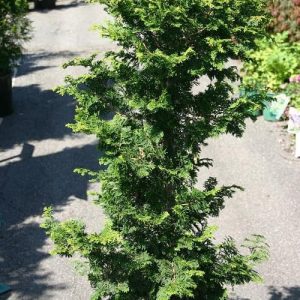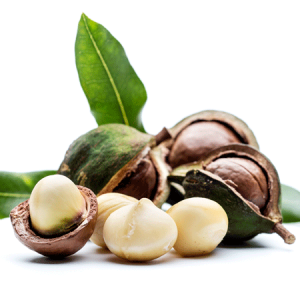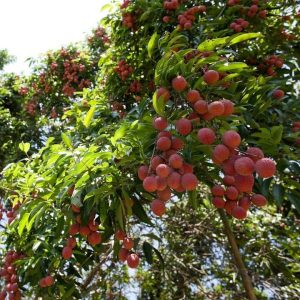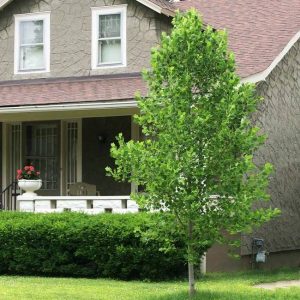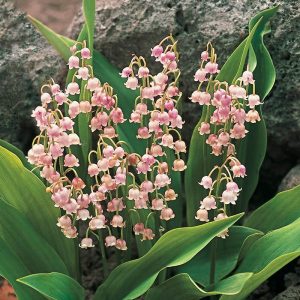The Venus® Dogwood is one of the most outstanding flowering dogwood trees there is. Not only does it have very large, pure-white blooms, a full 6 inches across, but the tree itself is very vigorous, and forms a broad plant, reaching 18 feet in height and well over 20 feet across. In time it will grow even larger. The branches sweep right down to the ground, even in older trees, so give it plenty of room to show off. This is a wonderful specimen for a lawn, or to plant at the edge of a wooded area. It blooms profusely, and it also has excellent red and orange fall colors.
- Very large pure white blooms
- Fall colors of red and orange
- Very vigorous and reliable
- Fully hardy in zone 6
- Resistant to major diseases
The Venus® Dogwood grows best in full sun or light partial shade, such as from overhead deciduous trees. It is one of the most vigorous dogwood trees, and it is fully hardy throughout zone 6. It also has good resistance to powdery mildew and to the deadly anthracnose disease. Plant in moist, rich soil, and although this tree is drought resistant once established, it benefits from watering during extended dry spells. This prize-winning hybrid tree is a top choice of all the flowering dogwoods available.
Flowering dogwood trees are without doubt among the most spectacular spring and early summer flowering trees available. But if you have grown them in the past you may have had problems, since older types are prone to several diseases and fussy about climate and soil. If you would love to plant one, but don’t want to be disappointed, then relax, because the Venus® Dogwood is hardy, remarkably disease resistant and vigorous, as well as being amazingly beautiful, with some of the largest flowers you have even seen on a dogwood.
The Venus Dogwood is a densely-branched tree that will retain its branches right to the ground if not trimmed up to develop a trunk. It grows vigorously so that in 20 years it can be 18 feet tall and 20 feet wide, while a 30-year tree can reach 30 feet wide and 25 feet tall. Even the branches of mature trees still reach the ground, creating a spectacular specimen. Be sure to allow sufficient room for the full development of this tree – give it plenty of space. The glossy dark-green leaves are broad ovals, 3 to 4 inches long, with a heavy texture. In fall they turn beautiful shades of reds and oranges, taking this tree to the end of the season in full glory.
Growing Venus Dogwood Trees
The Venus Dogwood flowers profusely, with the green leaves almost completely obscured by the wonderful white flowers – it is probably the most dramatic flowering display of any dogwood available. You should plant it in a suitable place of high visibility in your garden, and one where it can grow to its full size in time. As a specimen on a lawn, it is ideal, with interest from flowers, fruit and fall color. Even when it has no flowers it is graceful and charming. Place it where you can see it, perhaps beside a patio or deck. Plant it on the edge of a wooded area – if you live in a warm state afternoon shade from the larger trees will be appreciated, but don’t plant it in too much shade. Give this tree the position in your garden it deserves – a prominent one.
The flowers appear in late April or May, following the development of the new leaves in spring. Flowering lasts for two or three weeks. These are among the largest flowers of any dogwood, over 6 inches across, and pure, pristine white. They are not true flowers, but modified leaves called bracts, and the true flowers are the greenish button you can see in the center of the four large bracts. After the bracts are gone that central button becomes a round red fruit by fall, resembling a strawberry. These, unfortunately, don’t last long, as birds take them.
The Venus Dogwood is known to be more vigorous than any other variety, and it is also very cold hardy. It is completely reliable in zone 6 – the original tree has been growing in the coldest parts of zone 6, in New Jersey, since 1984, and it has never been damaged in any winter yet. Grow the Venus Dogwood in full sun or partial shade, such as on the edges of wooded areas. It grows well in a variety of garden soil, preferring moist soils that are rich in organic material and slightly acidic. You should prepare the planting place well and mulch each spring with a 2 to 4-inch layer of rich material. You will be rewarded with wonderful growth and lots of blooms It is also not troubled by the unsightly dogwood disease – powdery mildew – which covers the leaves in gray powder in summer, or with the deadliest – anthracnose – which has killed many, many trees.
History and Origins of Venus Dogwood Trees
Dr. Elwin R. Orton, Jr. is a dedicated plant breeder at Rutgers University, New Jersey, and he has remarkable patience, as well as a willingness to try what no one else will. He is already well known for his breeding of disease-resistant dogwoods, and in 1973 he took pollen from a variety of the American Pacific dogwood, Cornus nuttallii, called ‘Goldspot’ and used it on the Chinese dogwood, Cornus kousa var. chinensis to produce a few seeds. He raised the seedling plants, and ten years later pollinated those trees with pollen from a variety of the Japanese dogwood, Cornus kousa, called ‘Rosea’. He grew the seedlings for 20 years, before selecting the best, which he patented with the University under its breeding name of ‘KN30-8’. This is the plant we know as the Venus® Dogwood.




